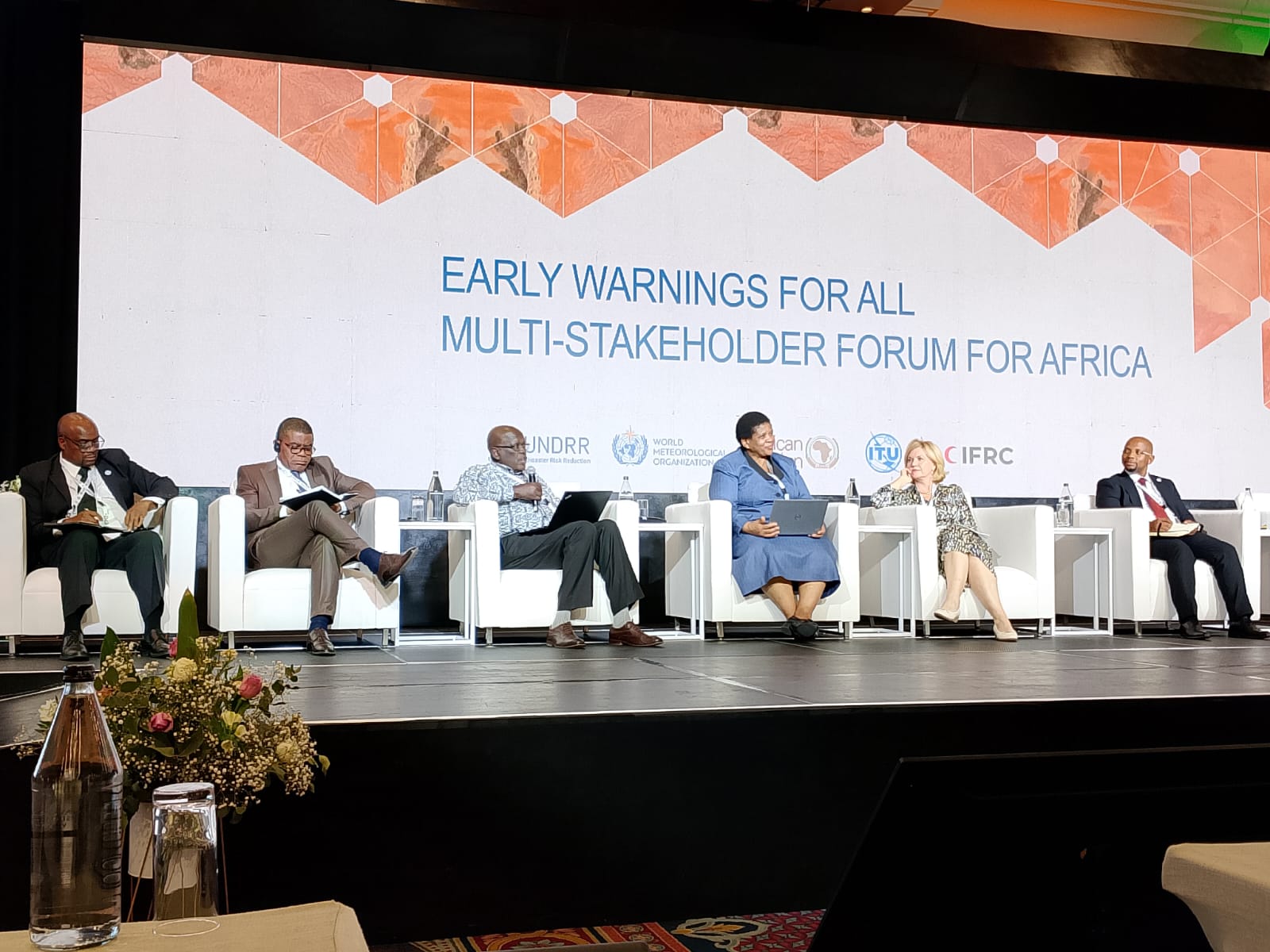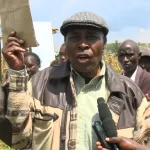The 9th Africa Regional Platform for Disaster Risk Reduction (AfRP-9) has commenced in Windhoek, Namibia, with a call for improved data generation that can be utilized effectively.
This flagship continental event has brought together policymakers and practitioners in disaster risk reduction from various sectors to share best practices, learn from past experiences, and plan for a more resilient future. The theme of the event is “The Resilient Africa We Want.”
Dr Agnes Kijazi, the Director of the Regional Office for Africa (RAF) at the World Meteorological Organisation (WMO), highlighted the importance of reliable weather forecasts in taking anticipatory measures for potential disasters. She stressed the necessity of good data for providing accurate forecasts.
“For you to provide reliable forecasts, you need good data,” she said.
During discussions at the Pre-Conference workshop on Early Warning for All Multistakeholder Forum and the Southern Africa-Indian Ocean Disaster Preparedness, Dr. Kijazi emphasized the need to invest in weather forecasting infrastructure to enable the production of useful early warning information.
Dr Kijazi, who formerly also headed the Tanzania Meteorological Agency (TMA), pointed out the shift towards automatic weather stations from traditional ones globally. She underlined the importance of allocating sufficient resources to meteorological agencies to acquire technologies that ensure data reliability.
She urged African countries to give priority to early warning systems and allocate adequate budgets to the relevant sectors to deliver dependable forecasts for early action.
This meeting, which includes the Eighth High-Level Meeting on Disaster Risk Reduction, is taking place amid severe drought in many countries in the southern part of the continent.
The United Nations Disaster Risk Reduction (UNDRR) reports that Africa’s economic and development progress is being hindered by the effects of climate change. The continent is witnessing increasingly visible impacts of droughts and floods, leading to infrastructure damage and loss of livelihoods for numerous people.





